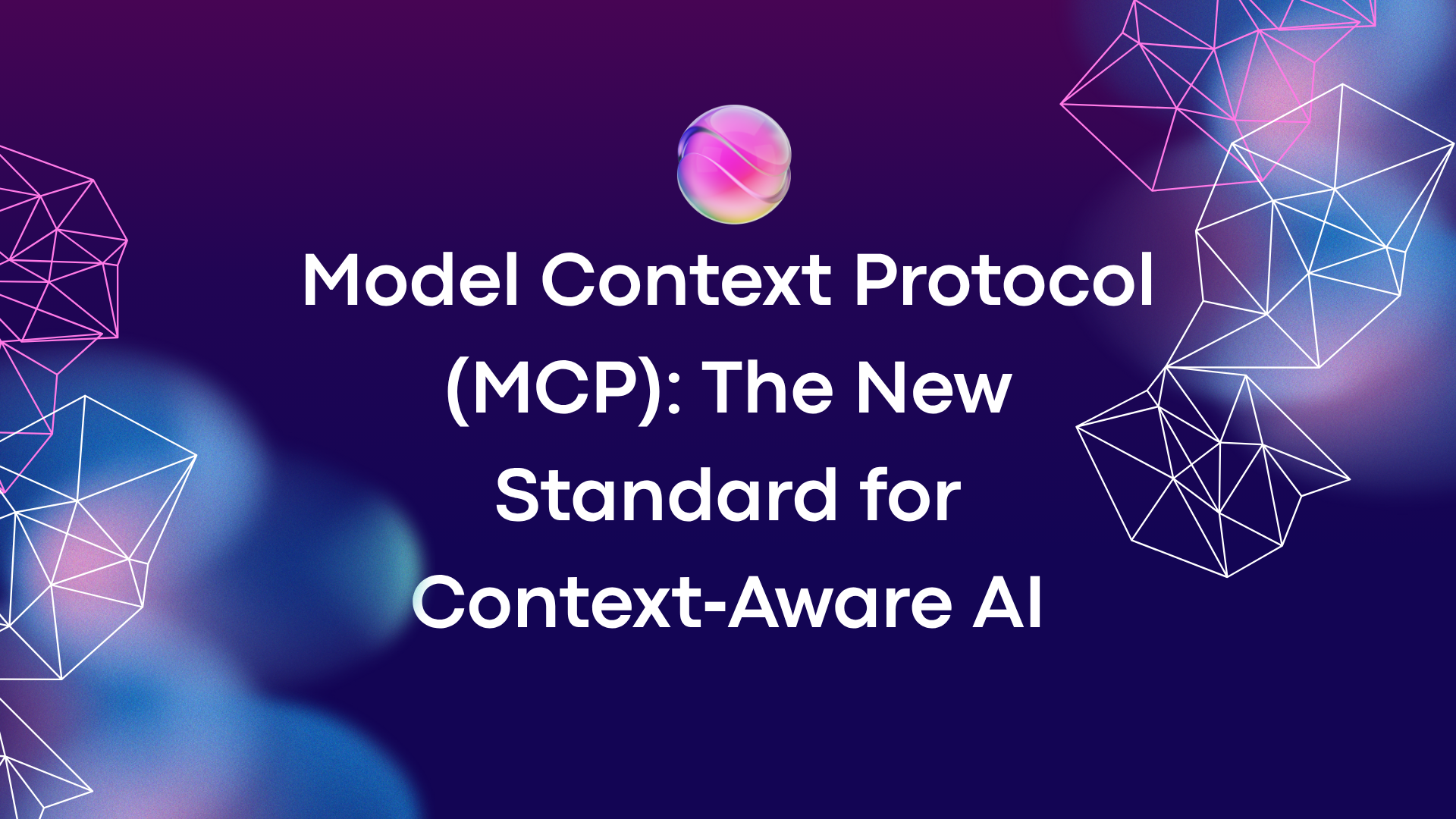
uminai Blog
Model Context Protocol (MCP): The New Standard for Context‑Aware AI

Quick Summary – Announced by Anthropic on 25 Nov 2024, the Model Context Protocol (MCP) is an open standard that lets any large‑language‑model (LLM) securely fetch and update data in real‑time—from GitHub repos to internal databases—without bespoke connectors.
1. What Is MCP?
MCP defines a simple HTTP schema for three roles:
| Role | Purpose |
|---|---|
| MCP Server | Wraps a data source (e.g., Postgres, Slack) behind standard endpoints like /search, /fetch, and /write. |
| MCP Client | Any agent or chatbot that translates user intent into those endpoints. |
| LLM | Consumes the streamed JSON responses to ground its answers in live context. |
Anthropic describes MCP as “USB‑C for AI applications”—one cable that fits every port.
2. Key Components Shipped by Anthropic
- Spec & SDKs – Official reference docs plus TypeScript and Python client libraries.
- Local Server Support – Claude Desktop auto‑starts MCP servers you list in
servers.json, so no extra install required. - Open‑Source Server Repository – Ready‑made connectors for Google Drive, Git, PostgreSQL, Puppeteer, and more.
3. Why MCP Matters
- Stop Reinventing Connectors – One integration unlocks every compliant tool.
- Streamed Context – JSON Lines lets LLMs pull only what they need, keeping prompts lean.
- Security by Design – Short‑lived OAuth 2.1 / signed‑JWT tokens plus opt‑in scopes.
4. Early Adopters & Growing Ecosystem
| Organisation / Tool | How They Use MCP |
|---|---|
| Block (FinTech) | Builds secure agents that reconcile transactions via a Postgres MCP server. |
| Apollo (GraphQL) | Exposes GraphQL schemas as tools an AI assistant can invoke through MCP. |
| Zed Editor | Live‑coding assistant via a FileSystem MCP server. |
| Replit Ghostwriter, Codeium, Sourcegraph | Retrieve repo context and tests through MCP connectors. |
5. How MCP Works (High‑Level)
flowchart TD
A(User) -->|Prompt| B(MCP Client)
B -- Token --> C(LLM)
C -- "/search, /fetch" --> D(MCP Server)
D -->|JSON Lines| C
6. Getting Started in 3 Steps
- Install a pre‑built server inside Claude Desktop or via CLI:
npx @modelcontextprotocol/server-postgres - Create a scoped key
mcp keys create --scope read --ttl 24h - Invoke from code or chat
const files = await mcp.search({ q: "invoice Q3" });
7. Roadmap (2025‑2026)
| Feature | Status |
|---|---|
| Delta Push | In design – real‑time change streams. |
| Row‑Level ACL | Planned – fine‑grained permissions. |
| Vector Pointers | Planned – native hooks for RAG pipelines. |
8. Conclusion
MCP turns fragmented data integrations into a single, sustainable architecture. Whether you rely on Anthropic Claude Opus 4 (May 22 2025), OpenAI GPT‑4.5 (Feb 27 2025) or the multimodal GPT‑4o (Mar 27 2025), Google’s Gemini 2.5 Pro (Jun 17 2025), or open‑source models like Mistral Medium 3 (May 7 2025)—adopting MCP means:
- Less glue code – one protocol handles every connector.
- Faster, richer answers – long‑context streaming keeps prompts lean.
- Future‑proofing – as new models and servers arrive, you plug them in rather than rewriting integrations.
Ready to explore? Fork an official server and connect it to your stack today.